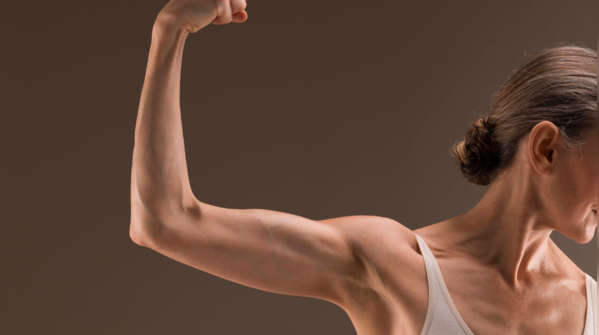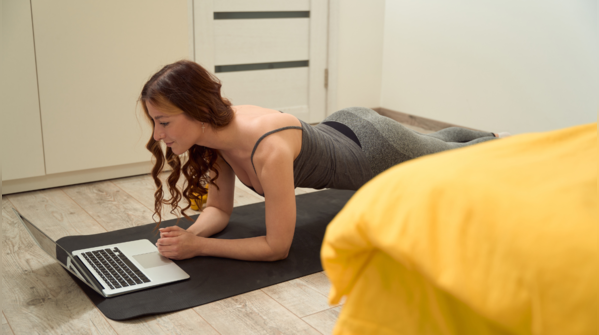
1/7
What are the hacks that will help a person build muscle mass
Hitting 40 often brings unexpected changes in the body, slower metabolism, hormonal shifts, and yes, a gradual decline in muscle mass. This natural process, known as sarcopenia, can begin as early as the fourth decade of life. Muscle mass can be reduced by up to 8% per decade after the age of 40, and even more rapidly after 60. But here's the truth: not all muscle loss is inevitable. Tiny, daily choices can make a big difference. Here are six simple hacks that fit effortlessly into everyday life and help in preserving strength, mobility, and overall vitality.

2/7
Start the day with a stretch, but add resistance
Stretching is only good for flexibility. While stretching improves flexibility, combining it with resistance can spark muscle activation.
A morning stretch session with resistance bands, or even just body weight, engages the major muscle groups and sends a clear signal to the body: muscles are still needed. Research says that muscle contractions, even at low intensity, stimulate protein synthesis pathways, helping to reduce muscle breakdown.
Adding just 5 minutes of resistance-focused stretching each morning, think squats, band pulls, or standing leg lifts, can become a quiet yet powerful ritual.

3/7
Switch the evening tea with a protein-rich herbal drink
Protein needs are only for gym-goers. After 40, daily protein needs may actually increase to fight muscle loss.
Studies highlight the importance of “even protein distribution” throughout the day, especially before bedtime when the body enters recovery mode. Replacing the evening masala chai with a warm turmeric milk (made with plant or dairy protein), or herbal tea blended with protein powder, helps feed the muscles during overnight fasting.
This small swap nurtures recovery quietly, without disrupting the daily rhythm.

4/7
Take the stairs, but carry something
Cardio keeps the heart healthy, and that’s enough. Cardio alone doesn’t preserve muscle mass; it needs resistance too.
Climbing stairs is already great, but carrying something, groceries, a backpack, even a water bottle, turns it into a loaded carry, one of the most effective ways to engage core, legs, and shoulders. According to a journal, loaded carries promote functional strength and help retain lean muscle tissue.
This daily act, usually overlooked, can be a secret strength builder when done consistently.

5/7
Sync sunlight with a short walk post-breakfast
Walking is for weight control. When timed right, walking does more than just burn calories.
Taking a walk in the morning sun (around 20–30 minutes post-breakfast) helps in two ways: it improves insulin sensitivity, aiding muscle glucose uptake, and boosts Vitamin D levels, a nutrient closely tied to muscle strength. A study linked Vitamin D deficiency with greater muscle loss in older adults.
Making this a morning habit can gently enhance muscle fuel and hormonal balance.

6/7
Add one minute of isometric strength before shower
Gym workouts are the only way to build muscle. Isometric exercises can activate muscles without movement and without equipment.
Before stepping into the shower, one minute of isometric holds, such as a wall sit, plank, or glute bridge, can light up the muscle fibres and boost endurance. A study found that isometric training increases muscular strength, especially when done regularly and with focus.
This tiny habit, done daily, helps maintain tension and control in key muscle groups.

7/7
Journal one “strength win” before sleeping
Muscle maintenance is only physical. Mental cues and focus play a surprising role in physical performance.
Visualising strength and recognising small wins, like lifting a heavy bag, completing chores without fatigue, or sticking to protein intake, can reinforce neural pathways linked to physical effort. A journal notes that motor imagery and mental rehearsal can enhance muscle performance.
By jotting down one strength-related win daily, the mind starts to associate self-identity with strength. And over time, that identity leads to more empowered choices.
[The information in this article is meant for general awareness. It should not be taken as medical advice or a substitute for professional consultation. Anyone with a health condition or on medication should consult a healthcare provider before starting new dietary or fitness habits.]
Follow Us On Social Media

 13 hours ago
49
13 hours ago
49




























 English (US)
English (US)